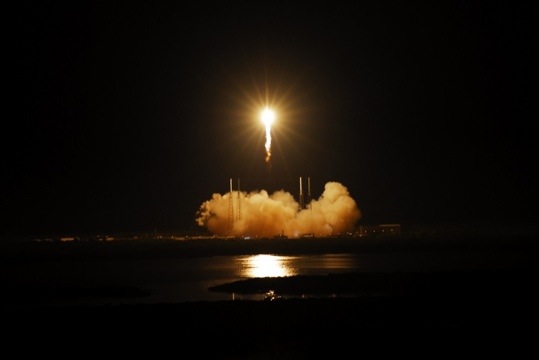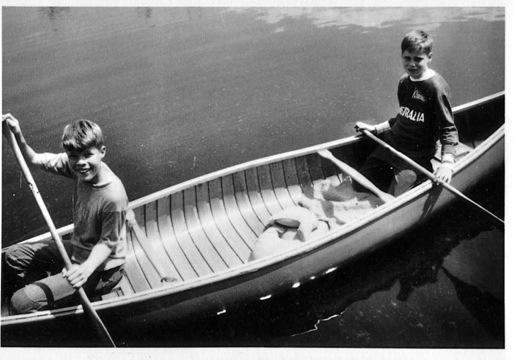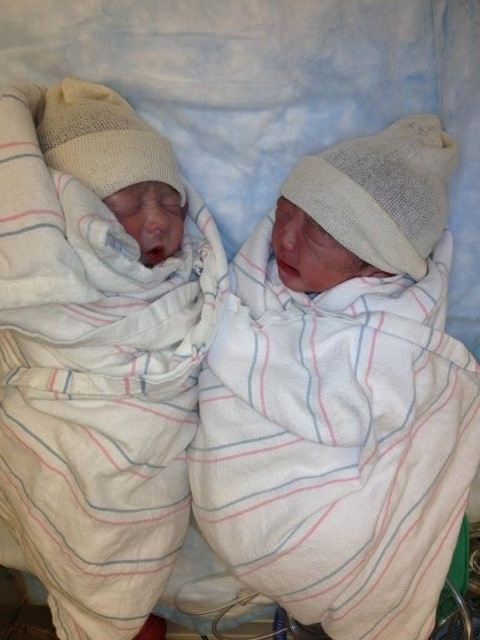July 8, 2011
Today we witnessed the 135th flight and the last mission of America’s space shuttle program. This is the conclusion of a 35 year program. We are told all future American space missions to the International Space Station (ISS) will be done by private enterprise. Unfortunately, we have yet to see any private space shuttles capable of going to the ISS. We are told it may be five years or more before a private company can do this. In other words, this country will have to endure at least five years of no direct access to space, and instead have to rely on other powers, most notedly the Russians and Europeans, to bring our payloads to the ISS. And who knows if that five years is going to be a true five years or much longer? In the meantime we are told that NASA is going to put its efforts into space transport systems that will allow us to go into deep space and to various astroids and ultimately to Mars.
First Commercial Spaceflight
June 1, 2012
Today we have witnessed the first commercial flight into space. SpaceX, a private company, has successfully launched a rocket and sent a capsule to the international space station and returned it to earth. History has been made today and I am absolutely delighted. We did not have to wait five years, the job was done in less than a year. Another mission is planned for September, just a few months away. This is the beginning of a commercial space industry and I have no doubt it is going to be huge.
I grew up with this mantra, “Space, the final frontier…” I am a son of the Star Trek generation. I consider space exploration the single important enterprise of this country. It is not a matter of staying on the forefront of research and technology, it is our vision of our selves as a nation and even as a species that is at stake. Growing up in the 60s and 70s our news was inundated by the Vietnam war, by the conflict in Ireland, by Watergate, and by wars in the middle east. It was also the time of the Cold War and we constantly faced the threat nuclear annihilation. Most families including my own had a room in their house that could be used as a bomb shelter, futile as that was. No one has such a thing today. Yet in spite of it all we had a vibrant space program. I watched Neil Armstrong make that first step onto the lunar surface with the words, “That’s one small step for man, one giant leap for mankind!” I remember these words and I remember where I was when they were spoken. It seemed the whole country, nay the whole world, watched every space launch from the time of John Glenn. In spite of the terrible problems we all faced on earth, this country always led the way to a higher goal through its space exploration. As a Canadian we considered the American space program our program as well. Indeed American space exploration was truly human space exploration.
Today we also face horrific world problems, Iraq, Iran, Afghanistan, global warming, terrorism, and so forth, yet I do not feel the pull of that higher vision, space the final frontier. Yes we have the magic of the Internet and access to unbelievable communications through smart phones in our pockets. The technology in my pocket far surpasses that technology that put the first man on the moon. My children are extremely adept at digital technologies, yet they do not seem to have that higher vision that space once afforded us. Our current President, Barack Obama, whom I consider to be an educated and inarticulate man, has failed to give this country the higher vision that space exploration can give. Instead he has squandered the opportunities of space exploration. When we no longer pursue these things not only do we lose the infrastructure that creates them, we lose the ability to see our future and to look beyond the problems of earth. We remain bound by a parochial vision. I think it’s excellent that a commercial space industry is developing and I think President Obama did a good thing by promoting this new industry. Yet I feel our president would have done better to articulate what is beyond the mere commercialization of space. Have the untold billions of dollars that have been pour into Iraq and Afghanistan and the war on terrorism been made at the expense of our vision of ourselves as a nation? I hope not. In the past the cold war and the Vietnam war certainly drained our national coffers, and sucked the life blood of this nation yet we still maintained are vision of space exploration. We had a vision of our nation and our species that was greater than ourselves. Yet I do not see this same excitement in my own children or in my society as a whole. Space and science have become the sideshows of technology. A nation that lacks a higher vision of itself is a nation in decline. I ask that our president fix this problem and give us the higher vision.



